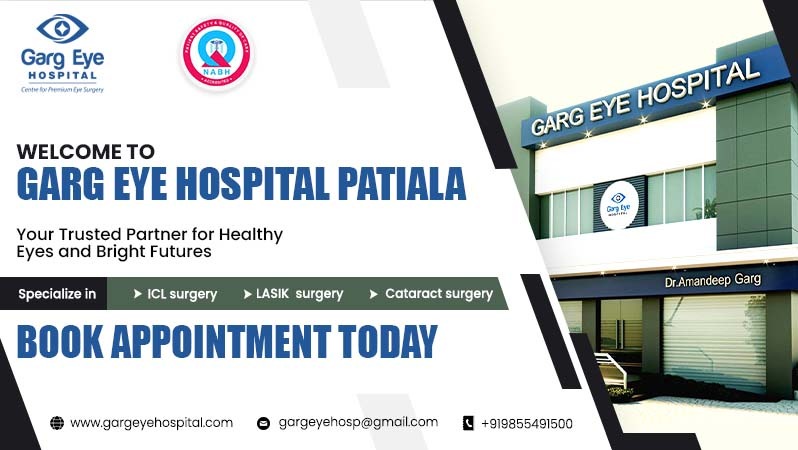LASIK is one of the first laser operations to reshape the cornea, and this surgery works for all types of vision errors. SMILE is a newer version of laser surgery with fewer side effects. It is even less useful than LASIK, but it only works for people with myopia (nearsightedness) and astigmatism.
What is LASIK surgery?
LASIK is a type of vision correction surgery. In this type of surgery, the doctor needs a laser to cure vision problems caused by blending errors. You have a vision error when your eye does not refract light properly you need to take a proper treatment like LASIK surgery to correct your vision.
In this surgery, your ophthalmologist changes the shape of your cornea with the help laser. This laser eye surgery helps to improve how light rays focus on the retina. LASIK treats myopia (nearsightedness), hyperopia (farsightedness), and other eye problems.
LASIK’s motive is to correct your vision errors to improve your vision. LASIK eye surgery helps to reduce the need for eyeglasses or contact lenses.
What is SMILE surgery?
SMILE is a type of surgery that helps to correct vision problems. The four types of vision error are myopia (nearsightedness), hypermetropia (farsightedness), astigmatism (blurred vision at all distances), and presbyopia (an inability to focus your eyes up close).
Your vision depends on your cornea and the lens provides a clear image of the world with the help of the retina. This needs refraction of light rays to form a perfect image on your retina. This blending has occurred with the help of the cornea and lens. Changes in the shape of the cornea can blur the vision and cause the image on the retina to be unfocused.
LASIK vs. SMILE: Which Is Right for You?
(What Is the Difference Between LASIK and SMILE?)
In LASIK, firstly a thin corneal flap is cut using a blade or a laser. Second, the flap is changed and the laser light is applied to the corneal bed. The flap is then repositioned over the severance area to act as a natural bandage, helping the healing process. There are three patterns of unfastening that have been developed: wavefront-guided, wavefront-optimized, and topography-guided. All help to improve vision beyond old techniques, but each variation has its own benefits and drawbacks.
In SMILE, two cuts are created in the middle part of the cornea with the help of the laser which is also known as stroma. The posterior cut shows the back of the lenticule while the anterior cut occurs at the front of the lenticule. The lenticule shape is built in a wavefront-optimized fashion, providing a refractive approximation to wavefront-guided LASIK. A small opening is made in the cornea to allow this disc of tissue can be wiped out. Finally, the lenticule is dissected and removed.
Pros & Cons
About LASIK vs SMILE, there are pros and cons to be known. One benefit is that they both are quick procedures with a very high success rate and a very few risk of complications. The initial healing time for both surgeries is faster, but LASIK surgery may have a little more advantage in comparison to SMILE surgery. Light sensitivity, glare, and halos may take 3-6 months. Dry eyes may be caused after both surgeries but are less likely with SMILE. More serious problems such as infection or blindness are very rare but can occur with both LASIK and SMILE. The motive of both procedures is ultimately to achieve 20/40 visual acuity, which is generally achievable. There is a risk of under-correction or overcorrection, and if this is built, more surgeries may be needed. It is not important to do further surgeries to improve under or over-correction, so your doctor will prescribe the best treatment for this condition.
Which Is Better: LASIK or SMILE?
Both SMILE and LASIK are great surgeries for correcting refractive problems. Satisfaction rates for both surgeries are high. LASIK surgery works for a very long period so people have good faith in it so their priority is LASIK in comparison to SMILE. Some clinics may not even do SMILE surgery at this time. Each surgery has some limitations as to who is a good candidate for which surgery, and these must be considered in deciding between the two patients and the doctor.
Both SMILE and LASIK are laser-based surgery to correct vision errors. While SMILE is approved for use in hyperopia and astigmatism, its limits are more than LASIK, which has a higher range. If you have hyperopia or myopia and astigmatism falls out of your SMILE surgery limit, you may only be a candidate for LASIK.


